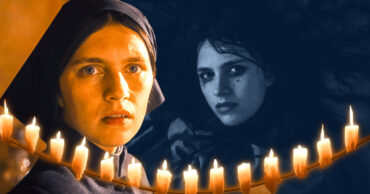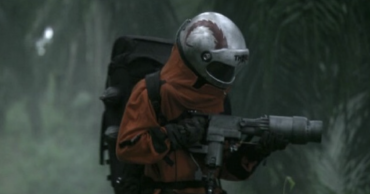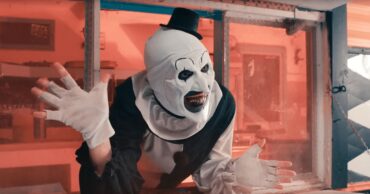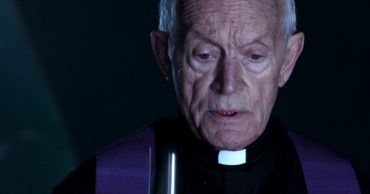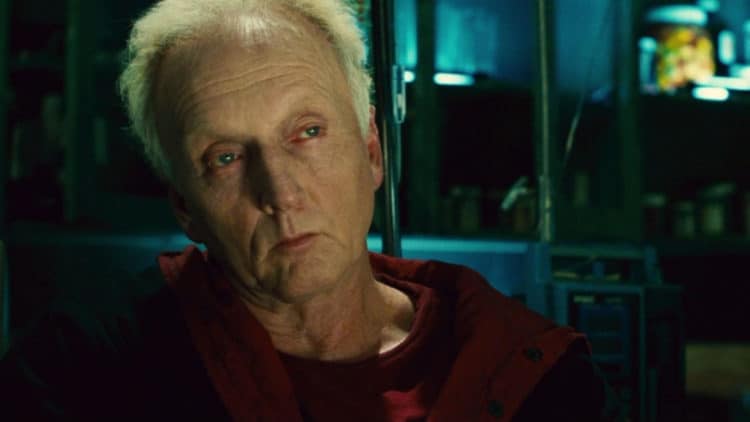
The original release of Saw was a cultural phenomenon that started the horror/torture craze back in the early 2000s. The iconic horror film stars Cary Elwes (Liar Liar, Twister), Danny Glover (Sorry To Bother You, Dreamgirls), and Tobin Bell (In the Line of Fire, The Firm), and it centers around a photographer and an oncologist who must find a way to escape from the chains that keep them in a filthy bathroom. While the film was far from a critical darling – it currently sports a 51% on rotten tomatoes – it managed to be a huge success, cashing in at $103.9 million worldwide based on a production budget of $1.2 million. The following year, Hostel, Eli Roth’s second feature, saw travelers Josh, Paxton, Oli stop in Amsterdam to fulfill their deepest desires; however, when the three men go to a Slovakian hostel populated by exotic women, they find themselves caught in a deadly game of life or death. Hostel was met with better critical reception – currently set at 61% on rotten tomatoes – and had decent success at the box office with its $82 million worldwide return. Both films started a new wave of horror that rocked the movie industry; however, which one is better? Let’s dig deeper into Hostel and Saw to find out.
Hostel
The horror/torture genre is an interesting breed. The purpose is strictly to see people die in a slow, methodical, and grotesque manner. Granted, the horror genre, in general, is about watching people die, but we as audiences just mainly care about the suffering of individuals when we walk into the torture sub-genre. Of course, the most crucial aspect of these films is that we care about the characters. Again, this is something that every film must do, but with this sub-genre, characterization is vital because we truly need to care about the people we’re watching being hapless victims of circumstance. Without our emotional investment in the characters, films like Hostel feel lifeless and meaningless because we’re watching a nearly two-hour experience of a man/woman that we could care less about being tortured. Luckily, Hostel does a solid job of building the three likable leads before going into their horrific situation. The key thing is that the movie isn’t just about the kills, with Hostel wisely choosing story over unnecessary violence. It’s not an easy film to watch.
Then again, the horror torture films are not made for the squeamish. We understand the motivations of the villains and can root for the characters to escape because they’re genuinely good people. Obviously, the horror comes from how realistic the situation could be. This could very well happen in real life, and Hostel greatly explores that “What if” effect that keeps you on your toes. It’s by no means is Hostel perfect. While we do understand the actions of the villains, there’s never a motive for their heinous crimes other than “we want to torture you”. Also, the make-up and effects look great, but the CGI of Jennifer Lim’s Kana getting hit by a train looks very shoddy. Hostel isn’t a deep or character-driven film that truly explores the world or culture of the sickos who torture for fun, it’s a simple exercise that mostly cares about the guts and gore. A good entry into the horror/torture sub-genre, though it doesn’t really tap into its strong premise.
Saw
Saw’s grimy and dirty look was really unique for its time. The 2004 horror film will never win any awards for best visuals, but the movie’s look helps add some character to the overall film. The premise of watching two men chained in a bathroom together can be tricky. Since we’re stuck in a room with two guys we don’t know, the film can have audiences check out very early if it’s unable to maintain its intrigue throughout its runtime. Smartly, Saw weaves the detective story into the film that balances it out, though there are some missed opportunities along the way. Leigh Whannell and Cary Elwes do a great job with what they’re given, and the film moves briskly whenever they’re onscreen; however, the true stars of Saw are the infamous reverse bear trap, the flammable jelly trap, and the razor wire trap. It would’ve been great if the film actually spent time on those victims, namely the final two.
While not perfect, the detective story is solid and it’s hard to go wrong with Danny Glover as one of your main characters. Are Dr. Gordon and Adam the most likable guys on the planet? Not really, though the writers wisely keep them from being deplorable people. The huge twist was great at first viewing; however, looking back, it moves down to decent. Exactly what purpose does Jigsaw serve by playing dead the entire time? He could’ve simply watched the two men from his television screens. Granted, the twist is truly shocking, but when you peel back the layers of the twist then you realize that it doesn’t have any impact on the overall story. Yes, it reveals that he’s the serial killer, but there surely could’ve been a less convoluted way to come up with a reveal.
So, which film is better? I’ll give the slight edge to Saw. The traps are the true stars of the films. While we don’t spend a lot of time on them, Saw’s unique premise is what keeps you glued to the screen. The film never truly taps into its potential, but it does leave a lasting impression.Saw
 Follow Us
Follow Us
